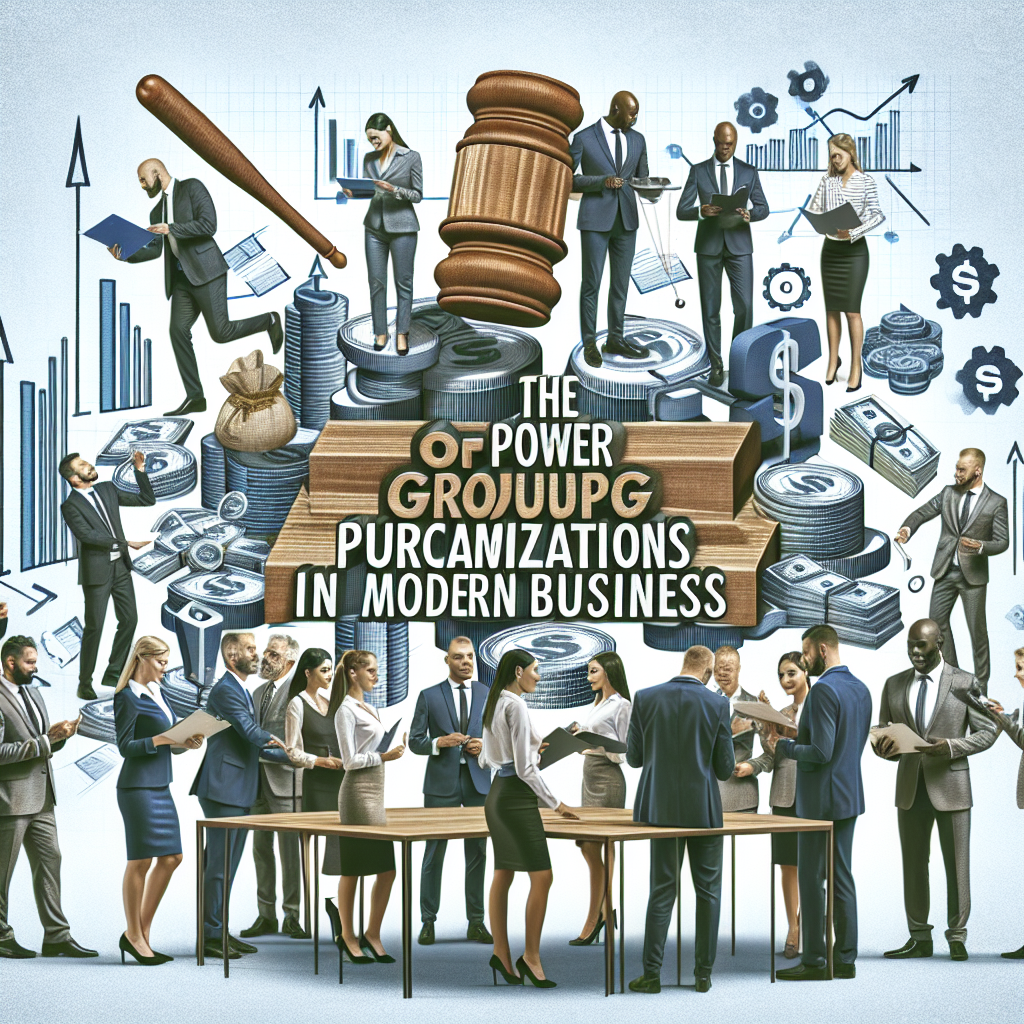Procurement collaboration is a critical aspect of any organization’s success. It involves working closely with suppliers, vendors, and other stakeholders to ensure that the procurement process runs smoothly and efficiently. By collaborating with these external partners, organizations can gain access to valuable resources, expertise, and market insights that can help them make better purchasing decisions and ultimately drive business growth.
One of the key reasons why procurement collaboration is so important is that it allows organizations to build strong relationships with their suppliers. By working closely with suppliers, organizations can gain a better understanding of their capabilities, capacity, and potential risks. This, in turn, can help them make more informed decisions when it comes to selecting suppliers and negotiating contracts. Additionally, by collaborating with suppliers, organizations can also gain access to valuable market insights and trends that can help them stay ahead of the competition and make more strategic purchasing decisions.
Building Strong Relationships with Suppliers
Building strong relationships with suppliers is essential for successful procurement collaboration. When organizations have strong relationships with their suppliers, they can work together more effectively to achieve common goals and objectives. This can lead to better communication, improved trust, and a greater willingness to collaborate on new initiatives and projects. Additionally, strong relationships with suppliers can also lead to better pricing, improved quality, and more reliable delivery schedules, all of which can have a positive impact on an organization’s bottom line.
To build strong relationships with suppliers, organizations should focus on open and transparent communication. This means being clear about expectations, sharing information openly, and being willing to listen to feedback and suggestions from suppliers. Additionally, organizations should also be proactive in addressing any issues or concerns that may arise, and be willing to work together with suppliers to find mutually beneficial solutions. By building strong relationships with suppliers, organizations can create a collaborative environment that fosters innovation, efficiency, and ultimately, success.
Leveraging Technology for Efficient Collaboration
In today’s digital age, technology plays a crucial role in enabling efficient procurement collaboration. By leveraging technology, organizations can streamline their procurement processes, improve communication with suppliers, and gain access to valuable data and analytics that can help them make more informed purchasing decisions. For example, cloud-based procurement platforms can provide organizations with real-time visibility into their supply chain, allowing them to track orders, monitor inventory levels, and identify potential risks or disruptions.
Additionally, technology can also help organizations improve communication with suppliers by providing them with access to online portals where they can submit bids, track orders, and communicate with their customers in real-time. This can help streamline the procurement process, reduce errors, and improve overall efficiency. Furthermore, technology can also enable organizations to gain access to valuable data and analytics that can help them identify trends, risks, and opportunities in the market. By leveraging technology for efficient collaboration, organizations can gain a competitive edge and drive business growth.
Implementing Effective Communication Strategies
Effective communication is essential for successful procurement collaboration. Without clear and open communication, organizations may struggle to build strong relationships with their suppliers, make informed purchasing decisions, or address any issues or concerns that may arise. To implement effective communication strategies, organizations should focus on being transparent, proactive, and responsive when it comes to interacting with their suppliers.
One effective communication strategy is to establish regular meetings or check-ins with suppliers to discuss ongoing projects, address any issues or concerns, and share important updates or information. This can help ensure that both parties are on the same page and working towards common goals and objectives. Additionally, organizations should also be proactive in providing feedback and suggestions to their suppliers, as well as being open to receiving feedback from them as well. By implementing effective communication strategies, organizations can create a collaborative environment that fosters trust, transparency, and ultimately, success.
Developing Mutual Goals and Objectives
Another important aspect of procurement collaboration is developing mutual goals and objectives with suppliers. By working together to establish common goals and objectives, organizations and their suppliers can align their efforts towards achieving shared outcomes. This can help create a sense of partnership and collaboration that can lead to better decision-making, improved performance, and ultimately, business growth.
To develop mutual goals and objectives with suppliers, organizations should focus on understanding each other’s priorities, capabilities, and potential risks. By gaining a better understanding of what is important to both parties, organizations can work together to establish goals that are realistic, achievable, and mutually beneficial. Additionally, organizations should also be willing to collaborate with their suppliers to develop strategies for achieving these goals, as well as being open to adjusting them as needed based on changing market conditions or other factors. By developing mutual goals and objectives with suppliers, organizations can create a collaborative environment that fosters innovation, efficiency, and ultimately, success.
Overcoming Challenges in Procurement Collaboration
While procurement collaboration offers many benefits, it also comes with its fair share of challenges. One common challenge is managing the complexity of the supply chain and ensuring that all parties are aligned towards common goals and objectives. This requires effective communication, transparency, and a willingness to work together to address any issues or concerns that may arise.
Another challenge in procurement collaboration is managing risk. Organizations must be proactive in identifying potential risks in the supply chain and working together with their suppliers to develop strategies for mitigating these risks. This may involve conducting regular risk assessments, establishing contingency plans, or even diversifying the supplier base to reduce reliance on a single source.
Measuring the Success of Procurement Collaboration
Measuring the success of procurement collaboration is essential for identifying areas of improvement and ensuring that both parties are achieving their goals and objectives. One way to measure success is by tracking key performance indicators (KPIs) such as cost savings, supplier performance, on-time delivery rates, and quality metrics. By regularly monitoring these KPIs, organizations can gain valuable insights into the effectiveness of their procurement collaboration efforts and identify areas for improvement.
Additionally, organizations should also seek feedback from their suppliers on a regular basis to gain insights into how they perceive the collaboration efforts. This can help identify any areas for improvement or potential issues that need to be addressed. By measuring the success of procurement collaboration through KPIs and feedback from suppliers, organizations can gain valuable insights into how well they are working together with their suppliers and identify opportunities for improvement.
In conclusion, procurement collaboration is a critical aspect of any organization’s success. By building strong relationships with suppliers, leveraging technology for efficient collaboration, implementing effective communication strategies, developing mutual goals and objectives, overcoming challenges in procurement collaboration, and measuring the success of procurement collaboration through KPIs and feedback from suppliers, organizations can create a collaborative environment that fosters innovation, efficiency, and ultimately, success.





